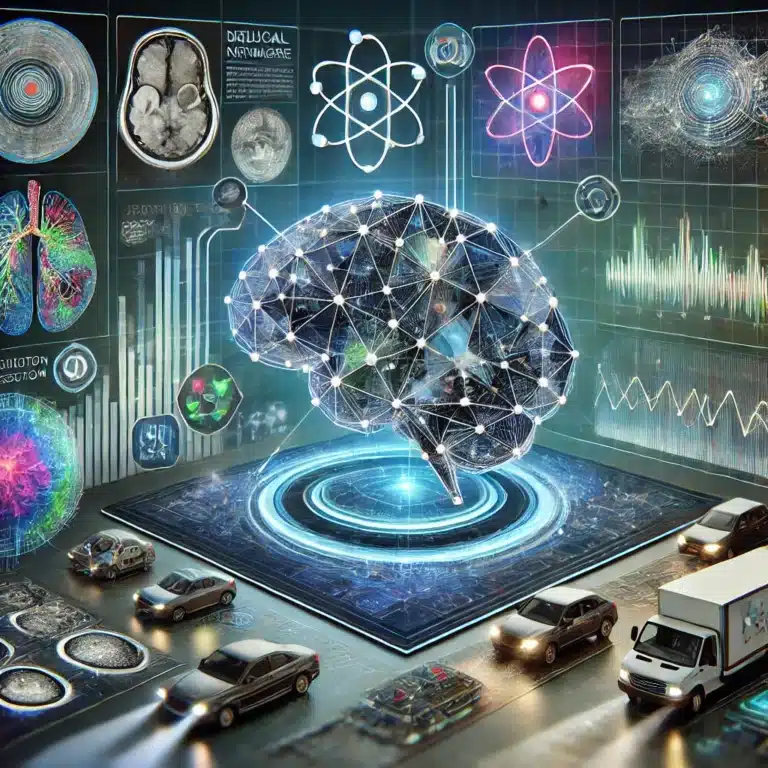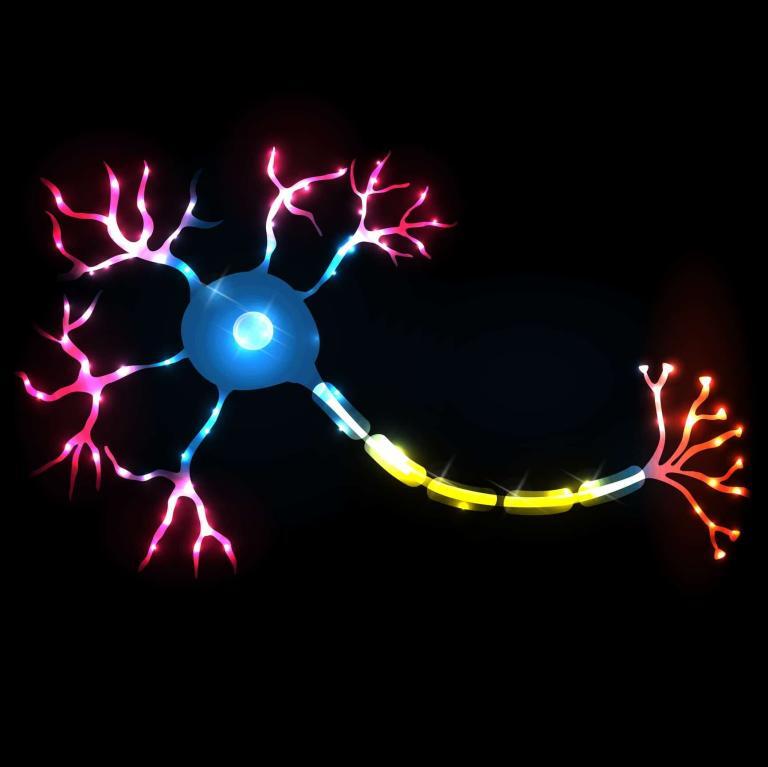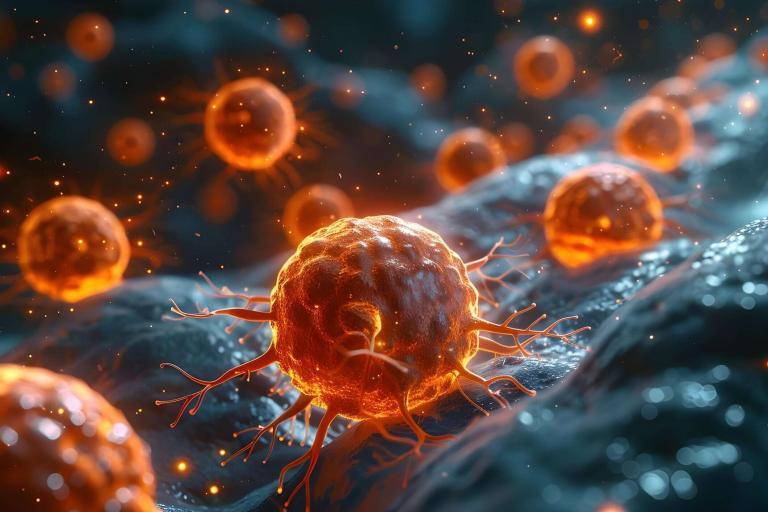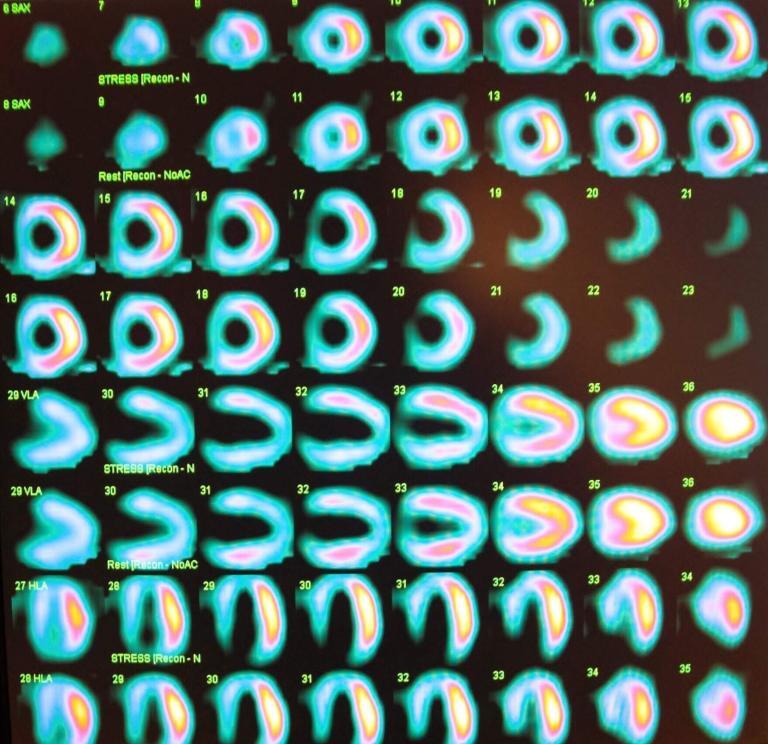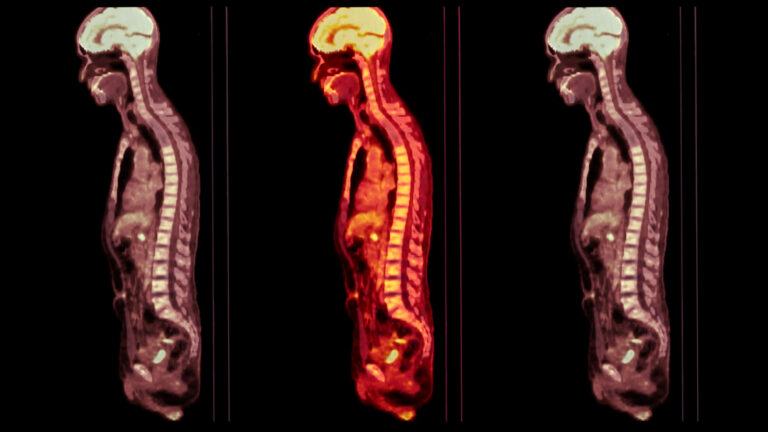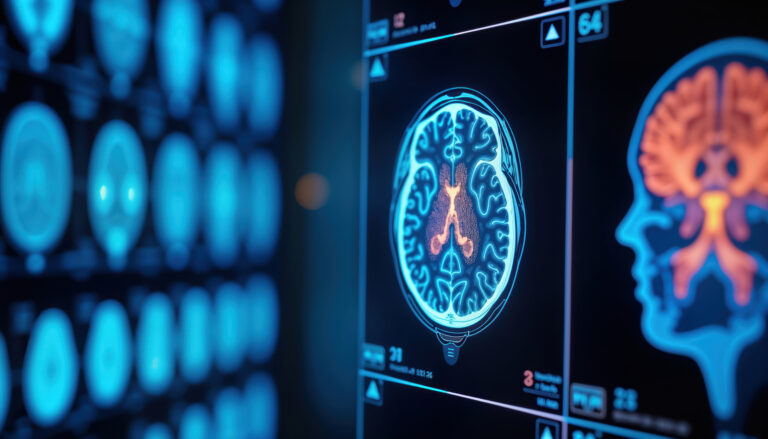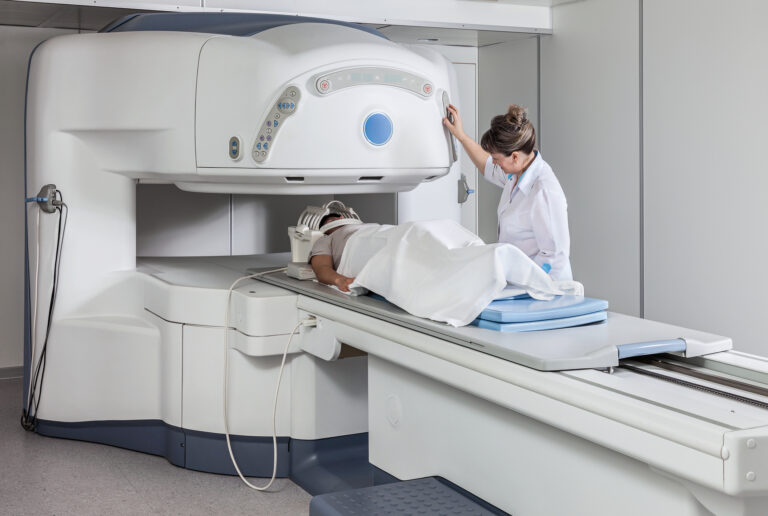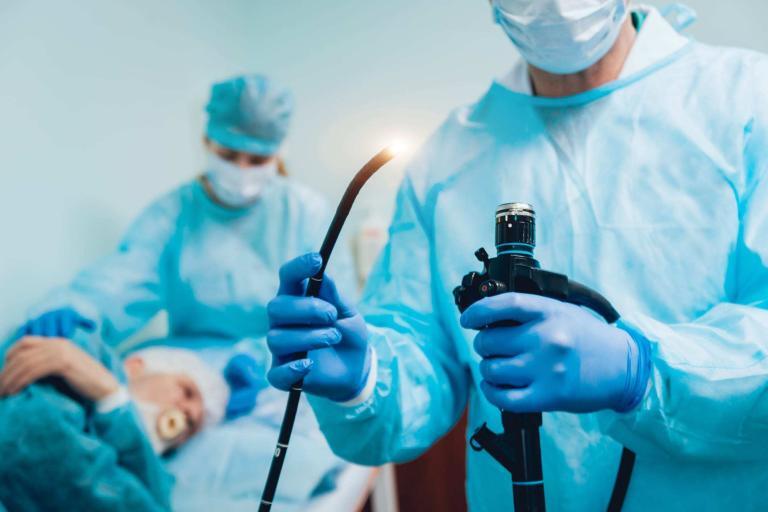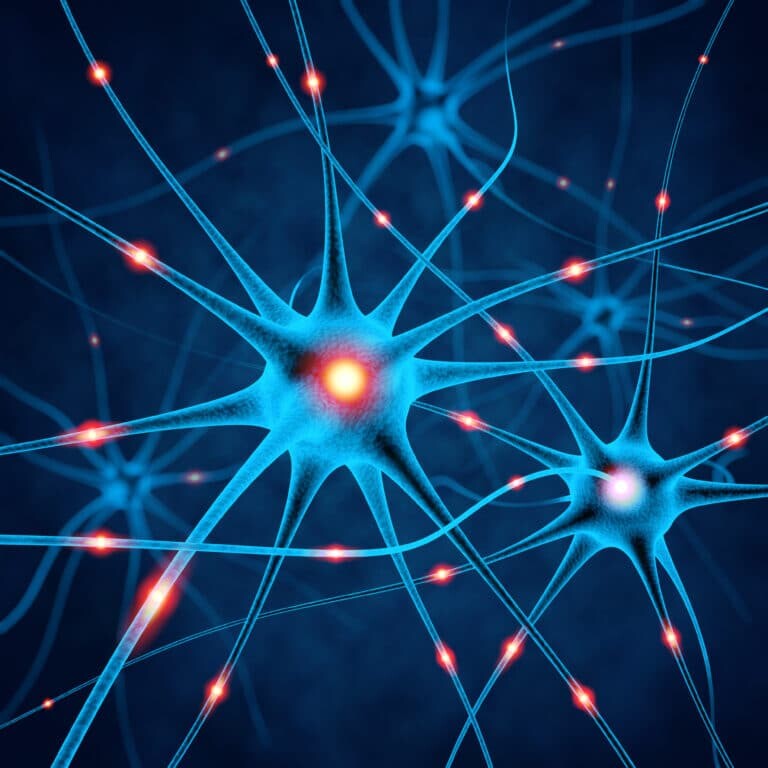Medical Imaging Topics
Medical imaging topics cover a wide range of techniques and technologies that are critical to advancing our understanding and treatment of numerous medical conditions.
Medical imaging is a powerful tool medical professionals use worldwide for diagnostic and therapeutic purposes. These techniques create visual representations of the body’s internal structures, enabling healthcare providers to identify and monitor various health conditions.
The main areas of medical imaging topics include X-rays, computed tomography (CT), magnetic resonance imaging (MRI), ultrasound, and nuclear medicine. X-rays are a form of electromagnetic radiation capable of passing through most objects, including the human body.
When X-rays encounter more dense materials, such as bones, they are absorbed more than when they pass through softer tissues. This difference in absorption results in images that highlight the body’s internal structures. X-rays commonly diagnose bone fractures, detect lung abnormalities, and identify dental issues. CT scans, or CAT scans, use X-ray technology to produce detailed cross-sectional images of the body.
During a CT scan, an X-ray source and detectors rotate around the patient, capturing multiple images from various angles. A computer then processes the collected data to create a three-dimensional (3D) representation of the patient’s internal structures. CT scans provide more detailed information than traditional X-rays and are often used for diagnosing cancer, locating tumours, and assessing internal injuries or damage.
MRI uses powerful magnets, radio waves, and a computer to generate detailed images of the body’s internal structures. Unlike X-rays and CT scans, MRI does not involve ionizing radiation, making it a safer alternative for certain patients, such as pregnant women. MRI is particularly valuable for examining soft tissues like the brain, spinal cord, muscles, and organs. It is commonly used for diagnosing neurological disorders, sports injuries, and cancer.
Ultrasound imaging, or sonography, uses high-frequency sound waves to produce real-time images of the body’s internal structures. A transducer emits sound waves that pass through the body and bounce back when they encounter different tissues. The transducer then detects the returning echoes, and a computer processes the data to create an image. Ultrasound is widely used for prenatal care, monitoring fetal development, and diagnosing conditions such as gallstones, blood clots, and tumours.
Nuclear medicine involves using small amounts of radioactive materials, or radiotracers, to diagnose and treat various diseases. Radiotracers are ingested, inhaled, or injected into the body, accumulating in specific organs or tissues. A gamma camera or a positron emission tomography (PET) scanner detects the radiation emitted by the radiotracers, producing images that highlight areas of abnormal activity. Nuclear medicine is often used to detect cancer, evaluate heart function, and assess brain disorders.
You are here:
home » Medical Imaging Topics


